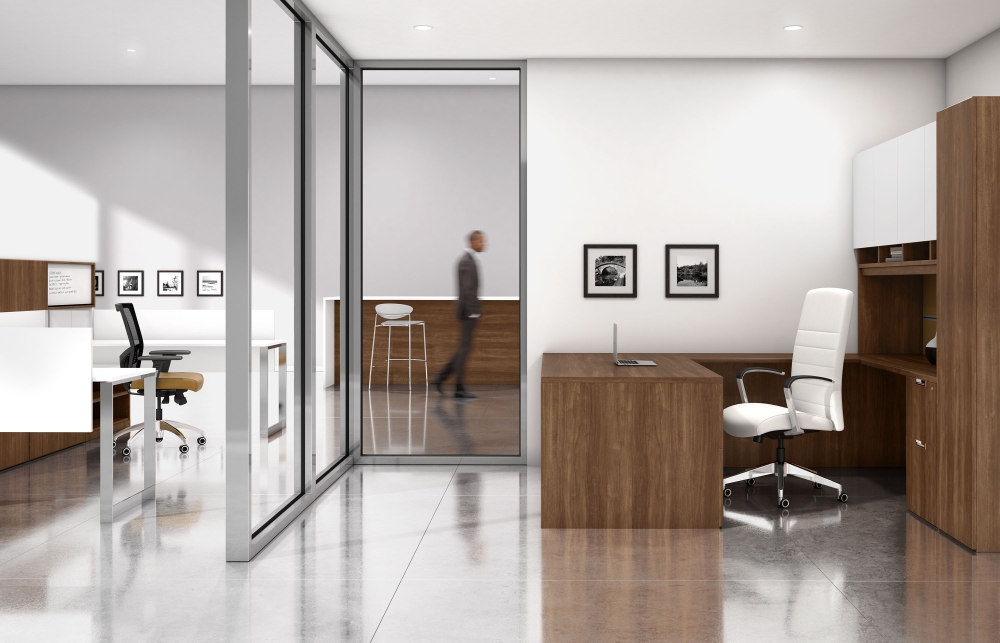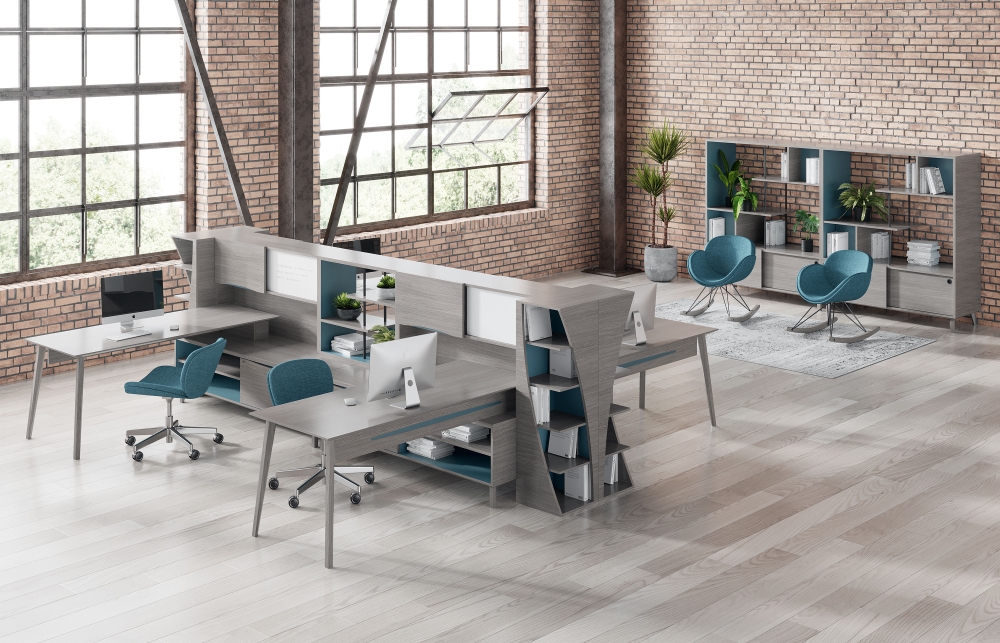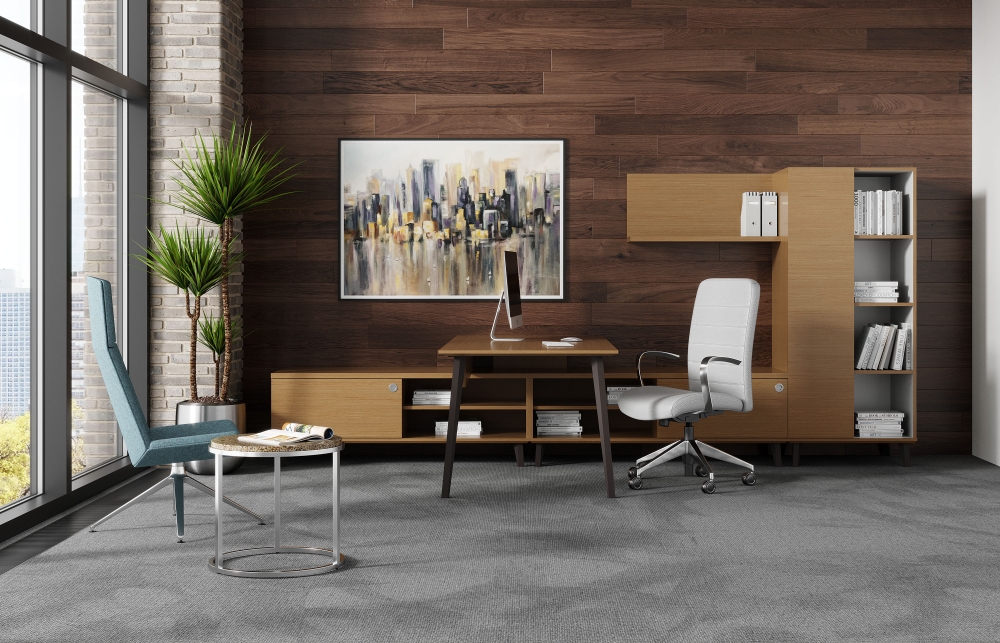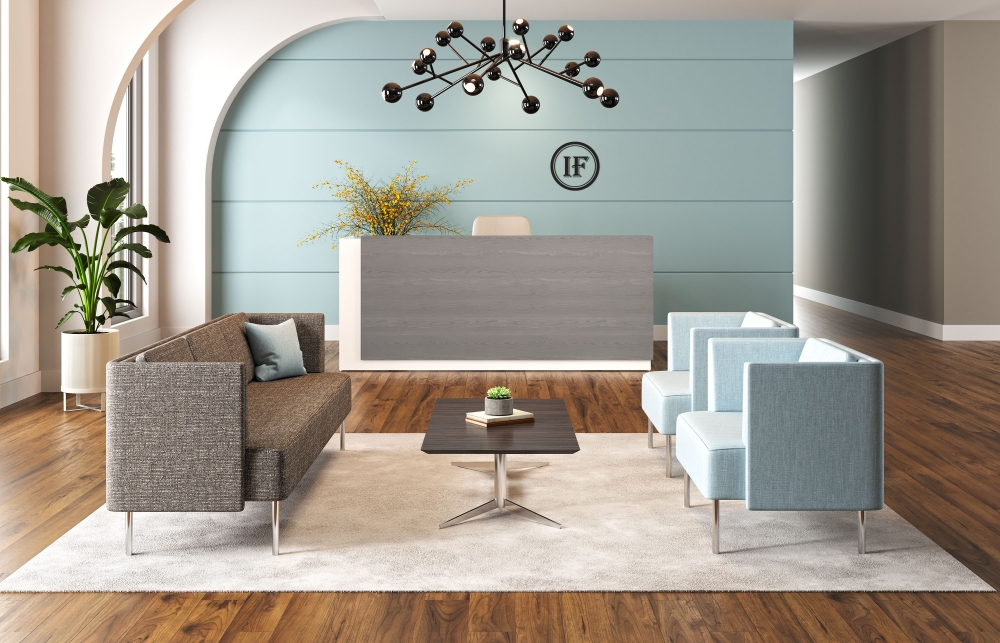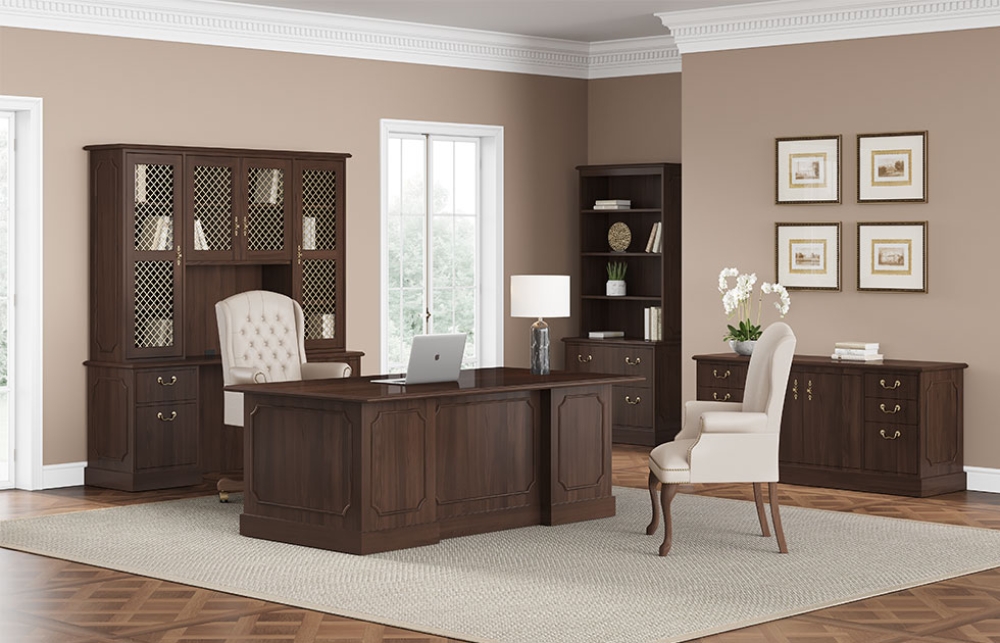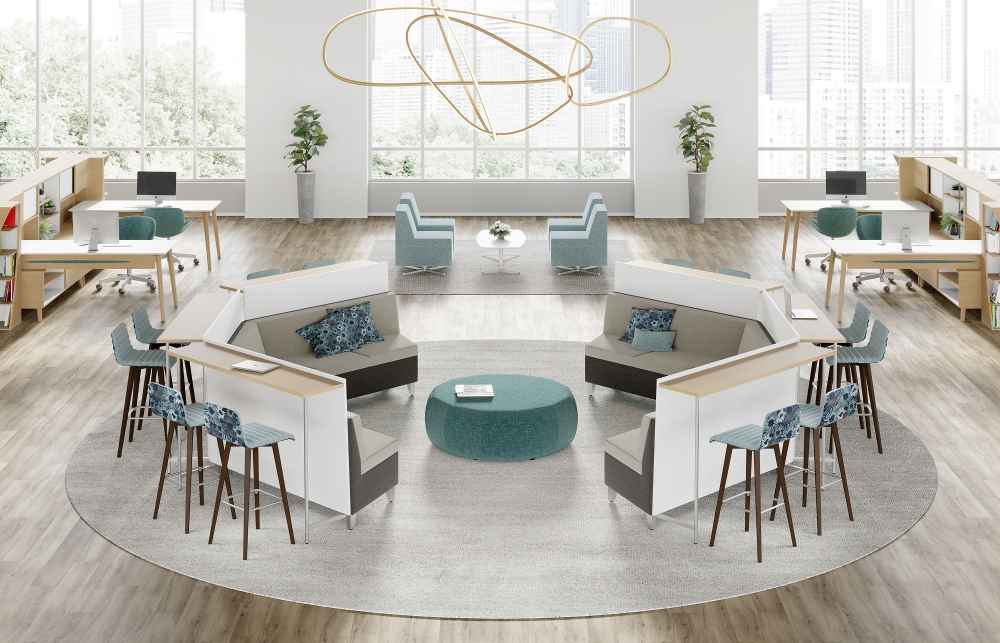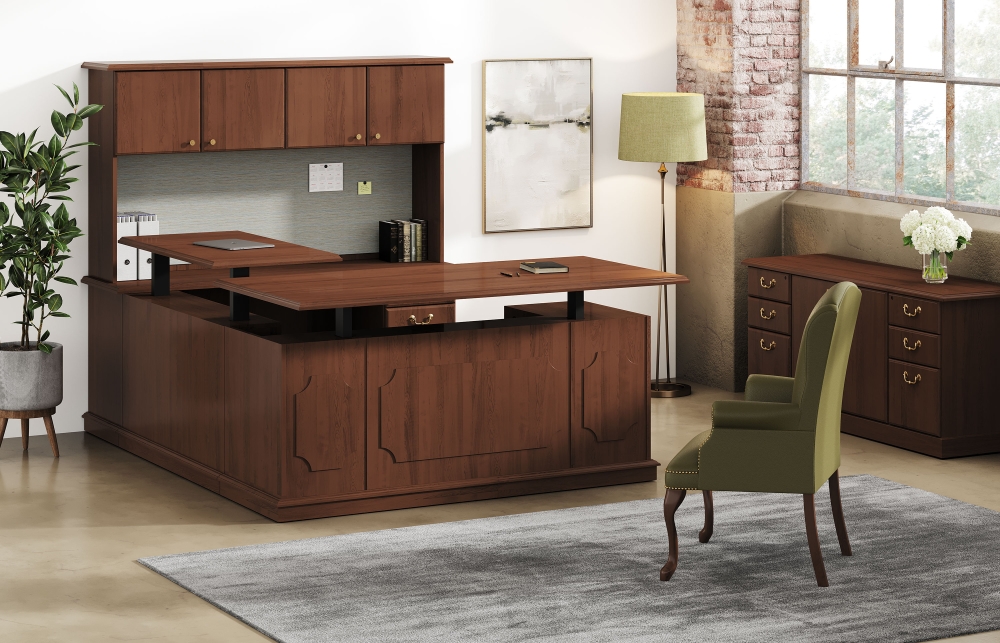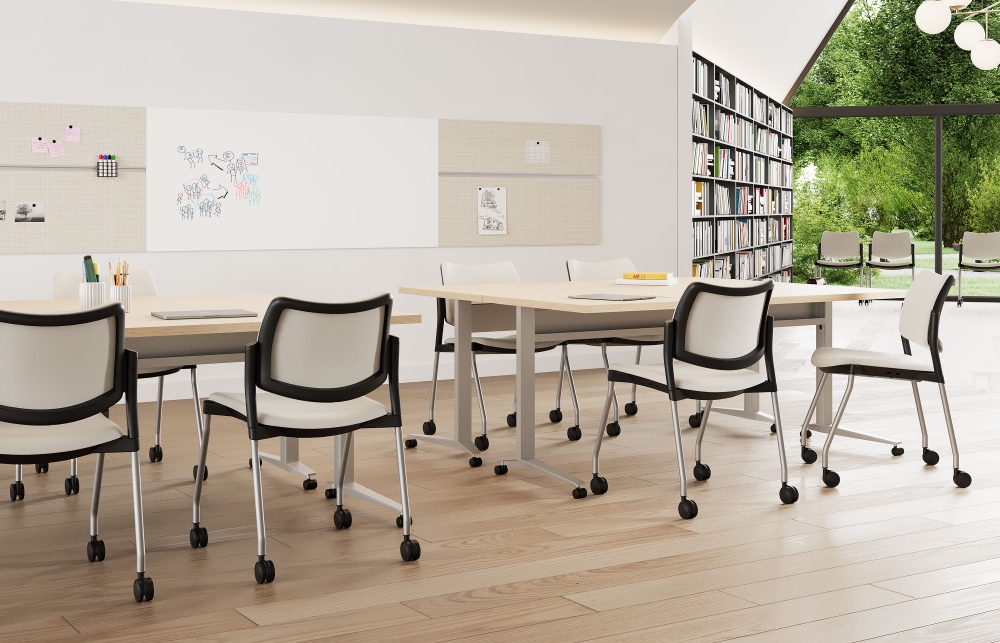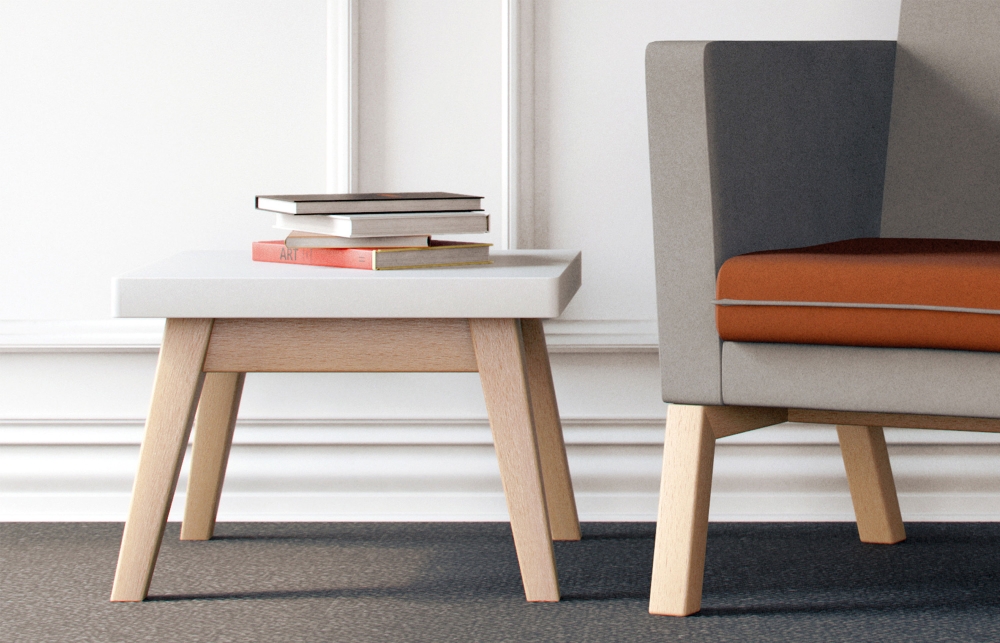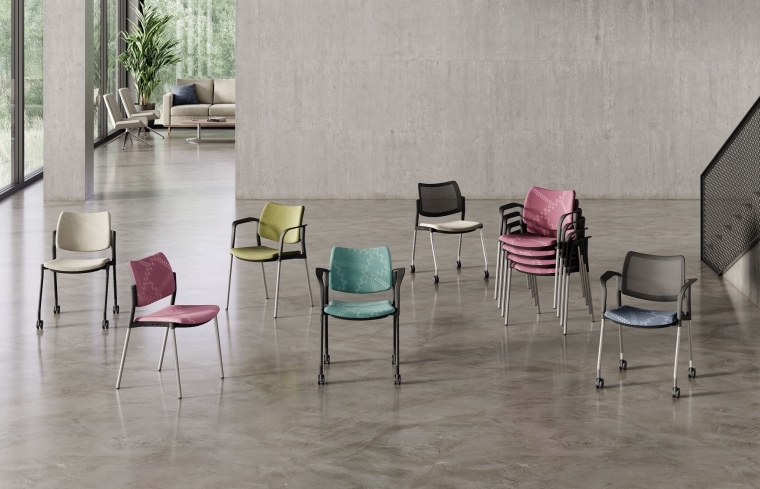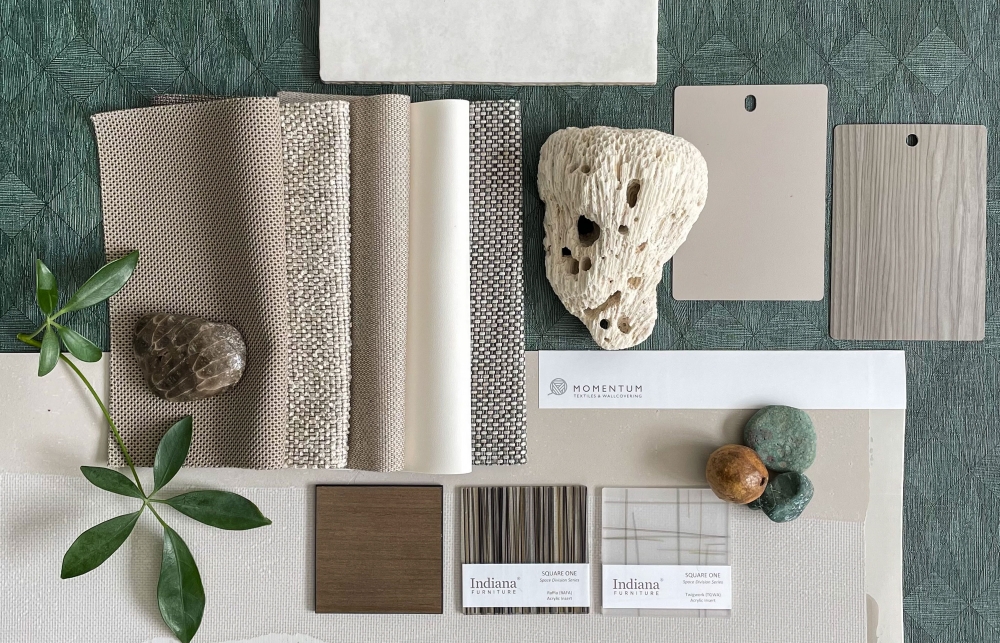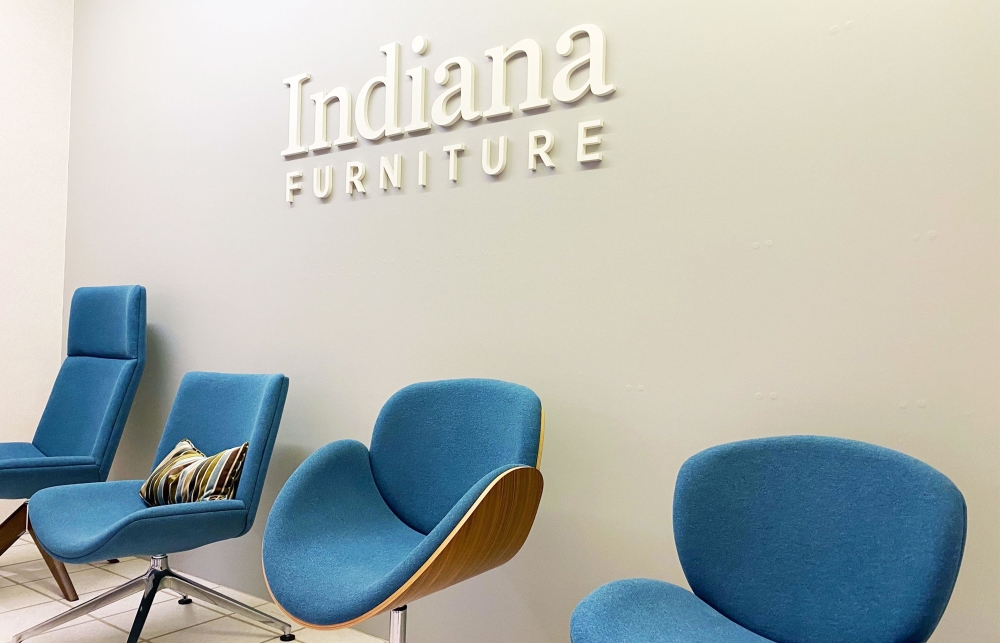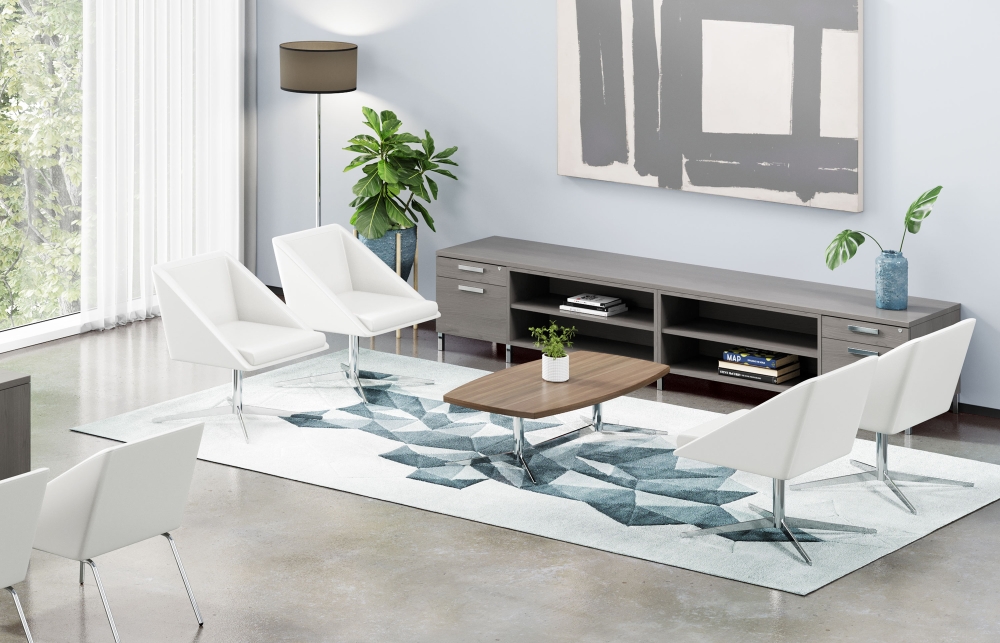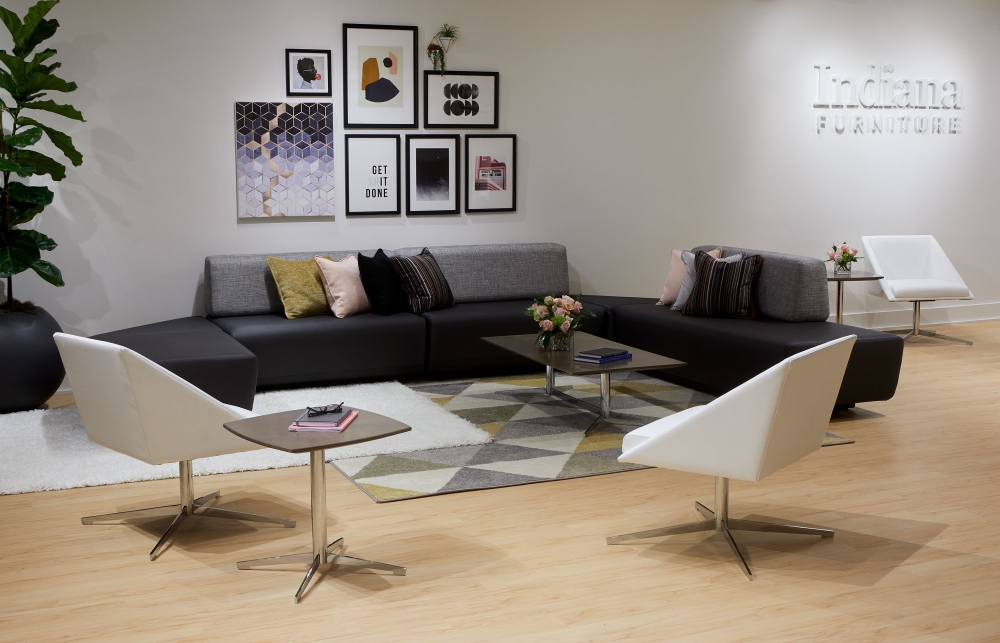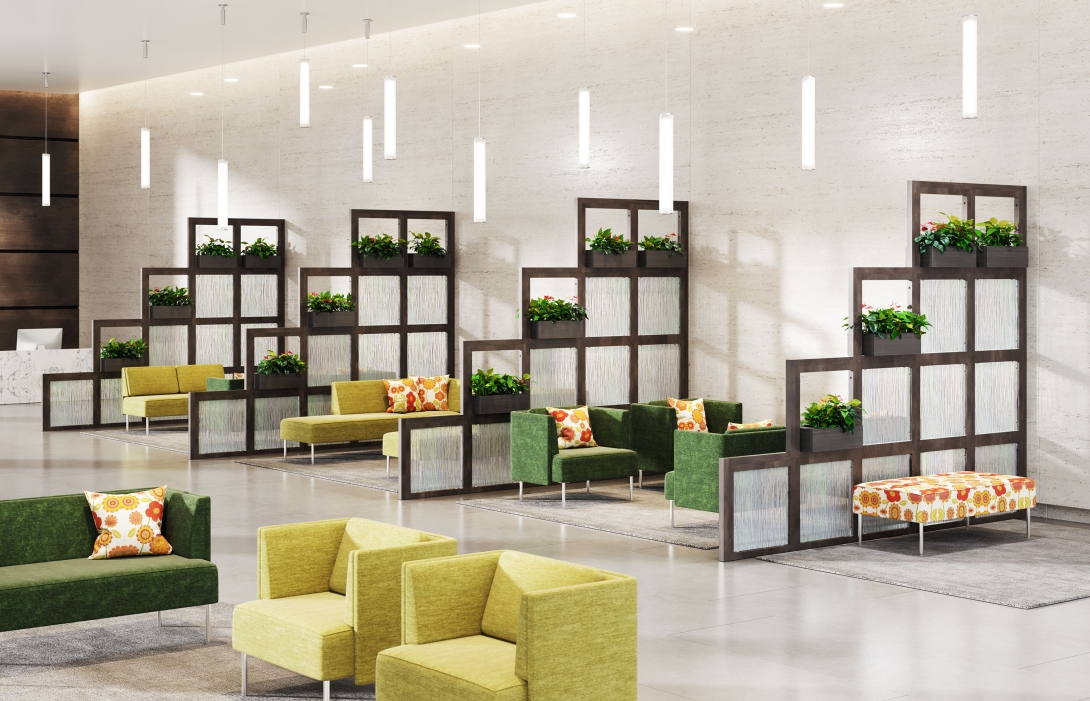
Nature’s power can influence our mental well-being.
Simply put, biophilic design aims to connect us more with nature. The concept is based upon Biophilia, a term popularized by Dr. Edward O. Wilson, a Harvard Naturalist, to describe what he saw as our “innate tendency to focus on life and lifelike processes,” and to be drawn toward nature, to feel an affinity for it, a love, a craving.
Biophilia describes humanity’s drive to connect with nature and other living things. And how nature’s power can influence our mental well-being, as well as our hobbies, travels, homes, and workplaces.
Importance of Biophilic Design.
Research shows that more than half of the global population lives in urban areas, and with advancements in technology and other factors, there is an increasing detachment from the natural world. Further, we spend the majority of our lives (some studies have indicated over 90 percent) inside buildings. These spaces can have a direct impact on our psychological and physiological well-being. Biophilic design helps to reconnect us to our experiences within nature, to aspects of daylight, plants, materials and colors, water, and so much more. Essentially, bringing the outdoors in.
Just like recommendations for healthy eating (e.g., servings of fruits and vegetables) and physical activity, there is a benchmark for the amount of time needed in nature to boost well-being. Research suggests that the point is two hours per week. This was the amount of time at which nature was associated with better mental health and wellbeing in a large study.
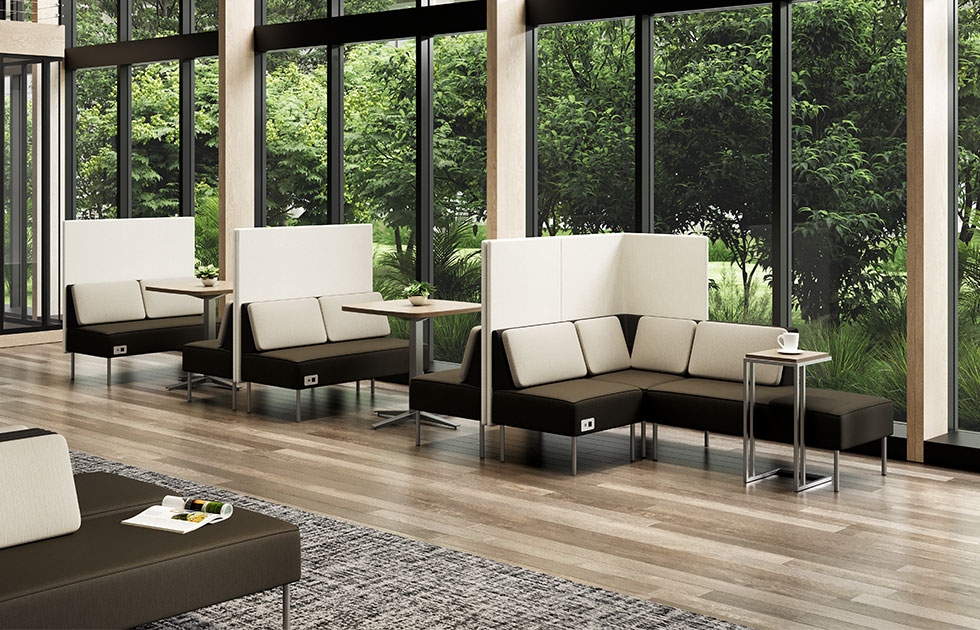
Time in nature can strengthen the various aspects of mental health.
There is evidence now that time in nature can strengthen the various aspects of mental health. For example, individuals who spent time in scenic areas, rather than outdoors in urban areas, experienced less anxiety. Longer term research has found the living and working in places with more exposure to green space is correlated with lower stress and greater well-being. Additional research regarding biophilic design in workplaces has shown increased productivity and creativity, reduced absenteeism, and improved job satisfaction.
Ideas To Infuse Biophilic Design
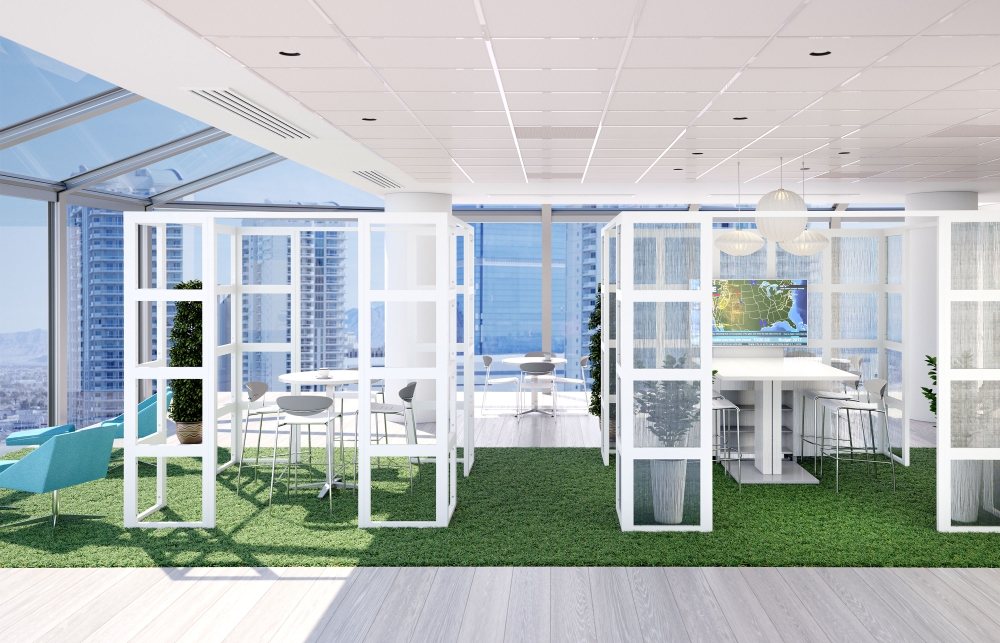
Let Natural Light Shine In
We thrive on natural sunlight and the presence of windows and skylights allow for natural lighting to enter the building.
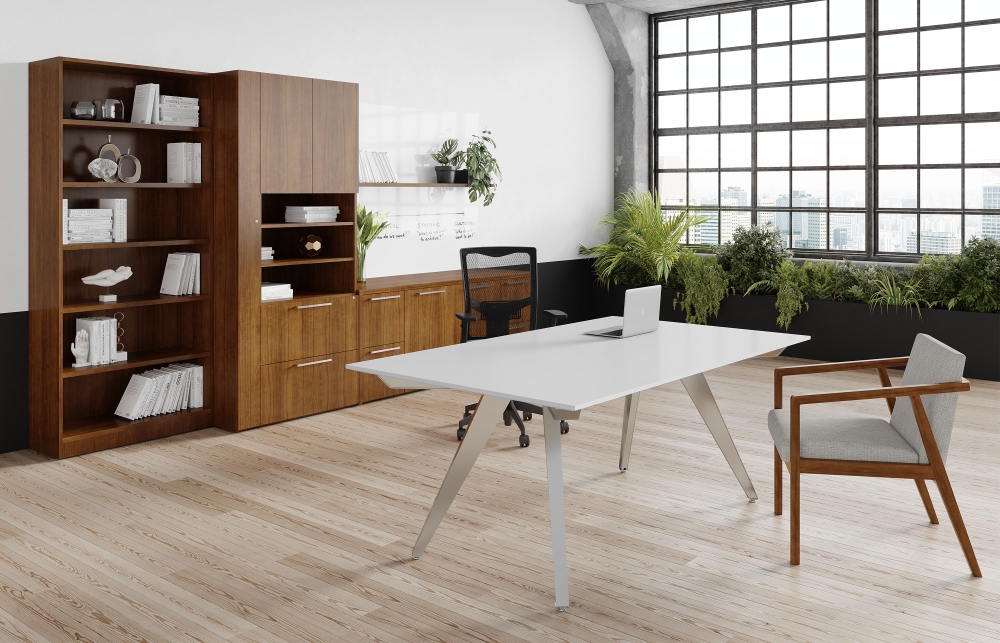
Incorporate Plants/Views of Nature
Plants create a welcoming space. They also help to clean the air by absorbing harmful toxins and releasing oxygen—added health benefits!
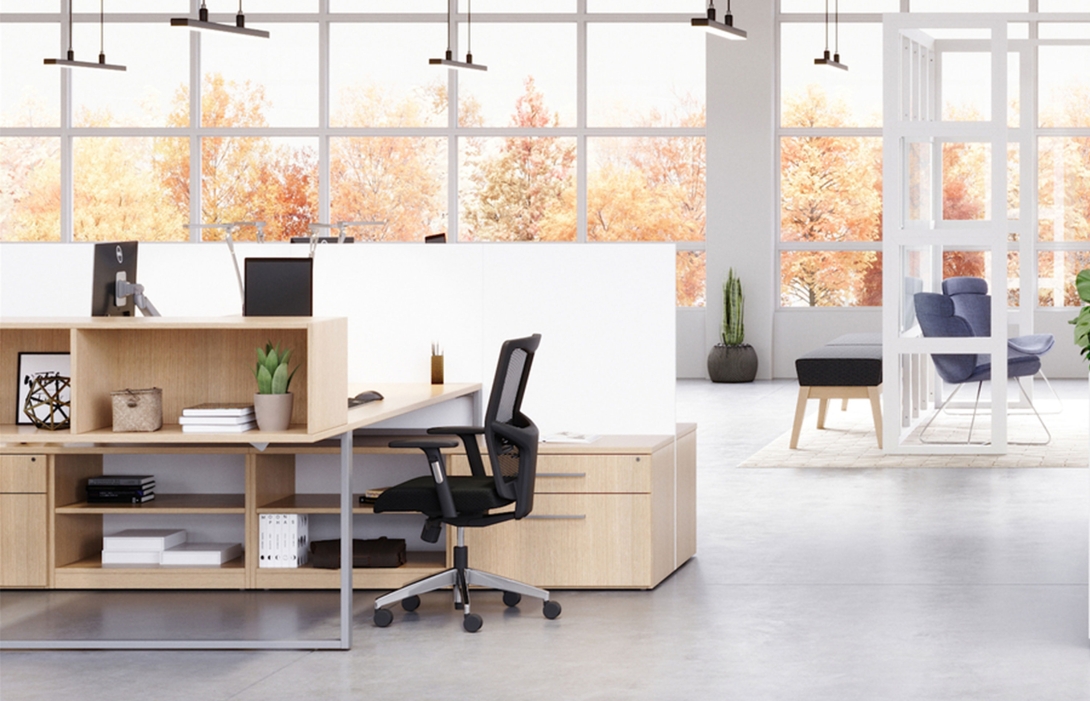
Use Natural Materials
Sustainable wood products and stone materials are just a few examples of how to give your space a more natural feel. Check out our surface materials program for a broad range of options.
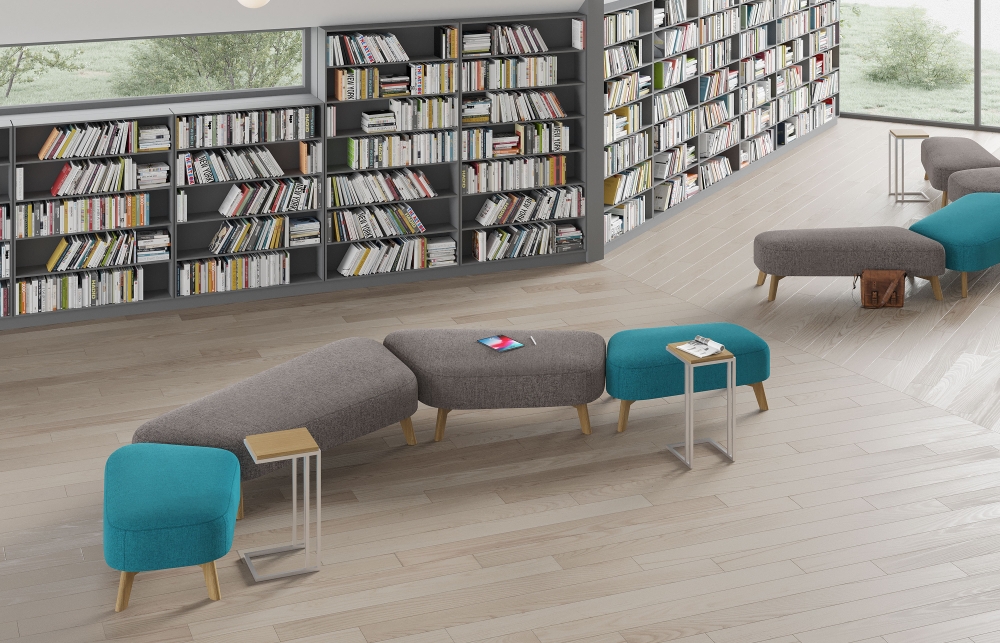
Integrate Shapes + Forms Of Nature
Incorporate elements that resemble nature’s shapes and forms. These can significantly contribute to your biophilic design: arches, domes, oval shapes, round curves/shapes that resist right angles and straight lines, patterns, and small imperfections.
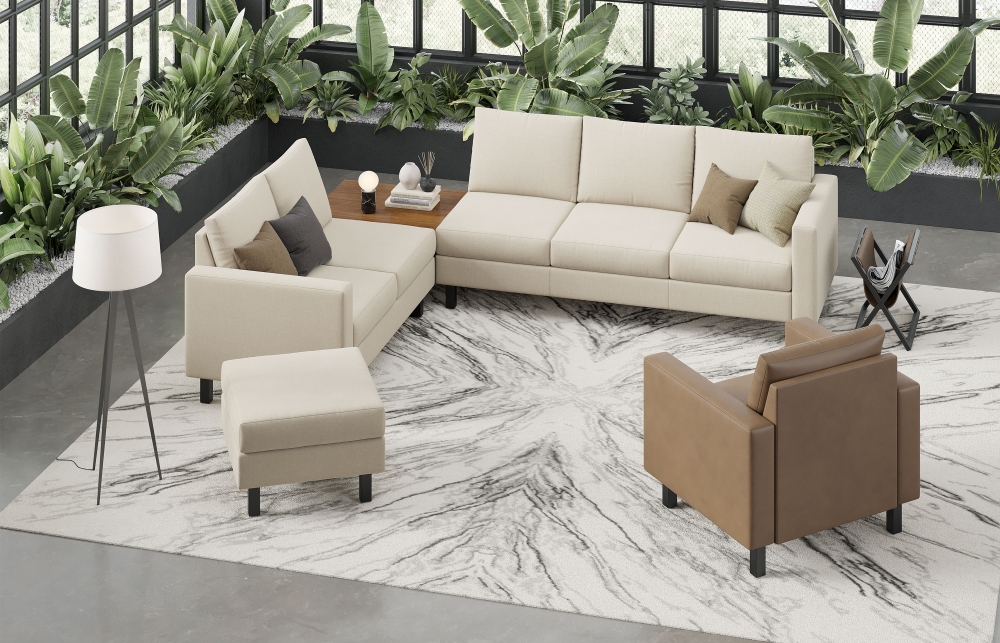
Colors Of Nature/Calming Colors
Have you ever noticed how color can play a role on our mood? Using calming colors that represent nature can contribute to a calming environment. Nature is full of colors, each season bringing in a different theme. Consider soft greens, light blues, lemon yellow, shades of brown, cream, pink, and many more!
